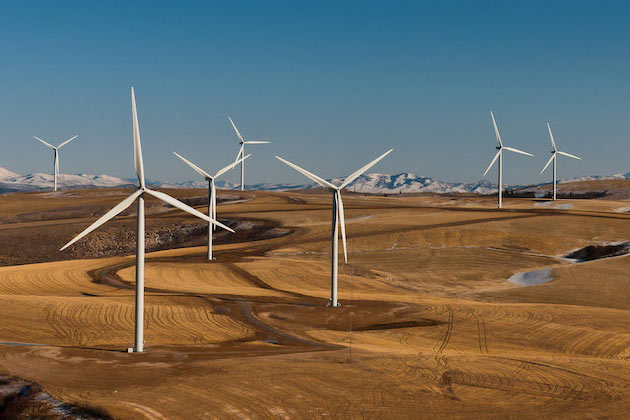
Long-Term Climate Strategies
Long-Term Climate Strategy Resources
The resources presented below are designed to help policymakers integrate long-term climate strategies into national policy making. These resources vary from forward-thinking solutions to retrospective studies. Experts add their perspective on key topics related to long-term strategies as well as lessons drawn from prior long-term planning efforts in climate, development, energy and economics. The World Resources Institute provides original research and analysis on crafting robust low-carbon 2050 development pathways.
Additional video highlights, webinars, panel discussions and interviews can also be found on this page under the tools tab.
Cover image by Dennis Schroeder / NREL
Case Studies
The case studies in this section offer policymakers and other interested parties the chance to explore lessons learned from prior and existing long-term strategies in climate, development, energy and economics. Related long-term planning efforts helped to shape this understanding.

Building Capacities for Long-Term Planning: The Mitigation Action Plan and Scenarios (Maps) Program
Case Study June 25, 2019


Research, Analysis & Videos
Read original research and analysis on crafting robust low-carbon 2050 development pathways. You can also watch video highlights, webinars, panel discussions and interviews on developing long-term climate and development strategies.


Singapore Mandates Corporate Climate Risk Disclosure to Mobilize Private Climate Finance
Update August 22, 2024


International Governance of Technological Carbon Removal: Surfacing Questions, Exploring Solutions
Working Paper August 29, 2023



